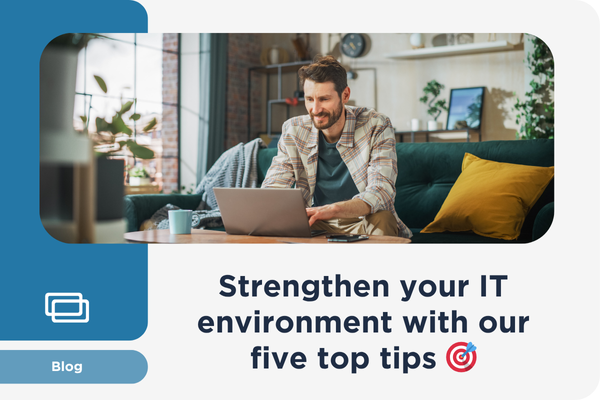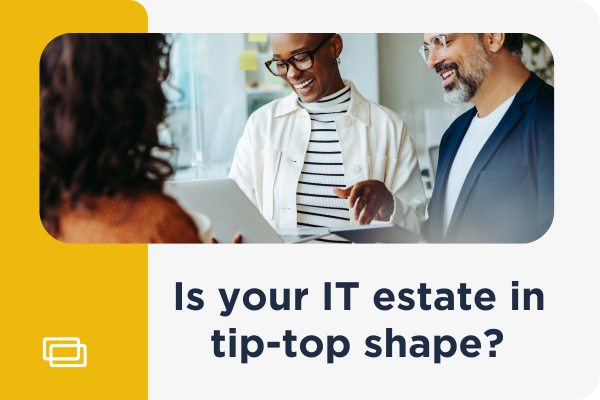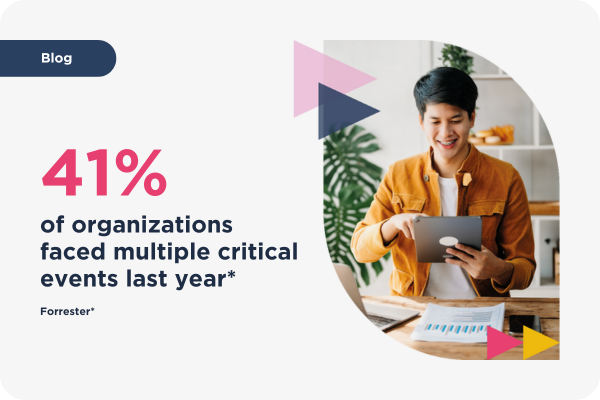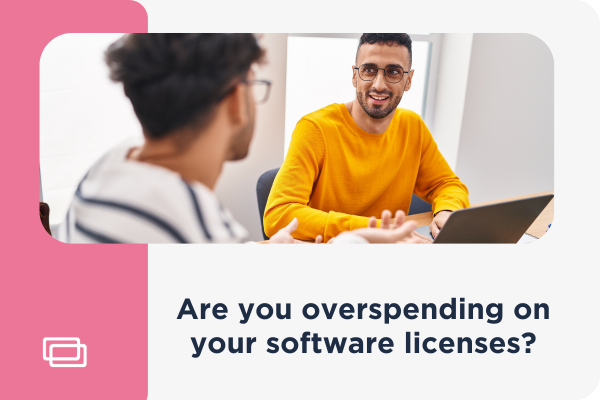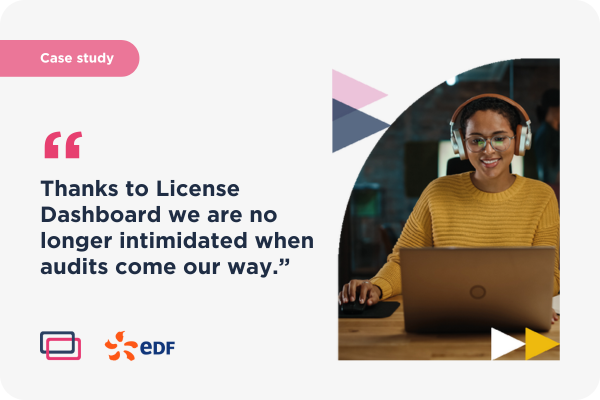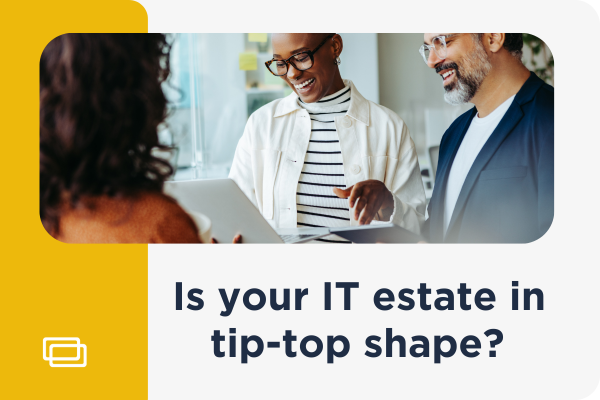Over the past few weeks IT teams have been working relentlessly to ensure employees are set up and successfully working from home. Enabling each individual to complete their daily jobs away from the office means some organizations have had to migrate to Software as a Service (SaaS) technologies sooner than they planned. For many, this huge shift has come unexpectedly, and where normally organizations would build a plan to roll out SaaS applications companywide to ensure they are effective and meet business needs, the luxury of time has been taken away. Normally departments would work together, with IT, SAM and Finance collaborating to understand their software usage and which solution best suited their organizational budget and requirements, but again, this takes an amount of time that simply has not been available.
As we’ve moved through the first quarter of 2020, employees have had no choice but to scramble to have software installed onto their devices in order to keep connected. While IT has had no choice but to work hard and act quickly to set up workers with the right applications for businesses to run smoothly, now is the time to understand exactly what is installed across the network and the associated costs.
Managing SaaS: Balancing the Risk and Reward
SaaS applications mean remote workers and contractors can access internal infrastructure and applications, and different departments are able to collaborate on projects through one portal. This style of working has improved efficiency and employee experience, but there is a downside; when employees access SaaS applications with a credit card or download freeware, IT will quickly lose central control over what is installed and will be faced with shadow IT issues.
In some cases, we have seen employees signing up to applications their organization already pays for. With no SaaS usage and payment policy in place, there is a real risk that subscription payments are duplicated. Equally, orphaned subscriptions cost organizations millions each year – when an employee leaves, what happens to their subscription? Being able to compare actual usage with available licenses ensures organizations are converting unused applications into savings and not wasting IT budget.
SaaS Optimization
As the dust begins to settle on recent IT adjustments, organizations can start to optimize the software their employees are utilizing and enforce policies around installations and subscriptions. Mainstreaming which applications are used throughout your organization allows everyone to be connected while using the same software. Software product categorization empowers IT managers to make the best, most effective business decisions based on exactly what is being used as well as which products drive employees to complete their jobs.
Free SaaS applications available online enable employees in completing tasks without payment up front, which is particularly appealing to smaller organizations. For example; Hootsuite is a great way to schedule social media, or Canva enables budding graphic designers. Unfortunately, these products also open areas of risk. Sharing logins amongst your team or using similar passwords for each turns into a massive security issue. This is where centralized IT and governance plays a key part in tightening your organization’s policies and procedures. While this is most common in larger organizations, small to medium businesses must also consider their application usage across teams and determine what they would like their employees to use as standard.
Fully understanding what your employees are utilizing, no matter what size your organization is, prevents overspending on software licenses and opens areas of optimization and cost savings. Whilst the speed to value is revolutionary for all end users, left unchecked SaaS costs can quickly spiral and lead to security risks or compliance issues that IT and Infrastructure leaders will need to confront. By actively managing products and usage, organizations will truly reap the benefits of SaaS technologies and make informed decisions.
